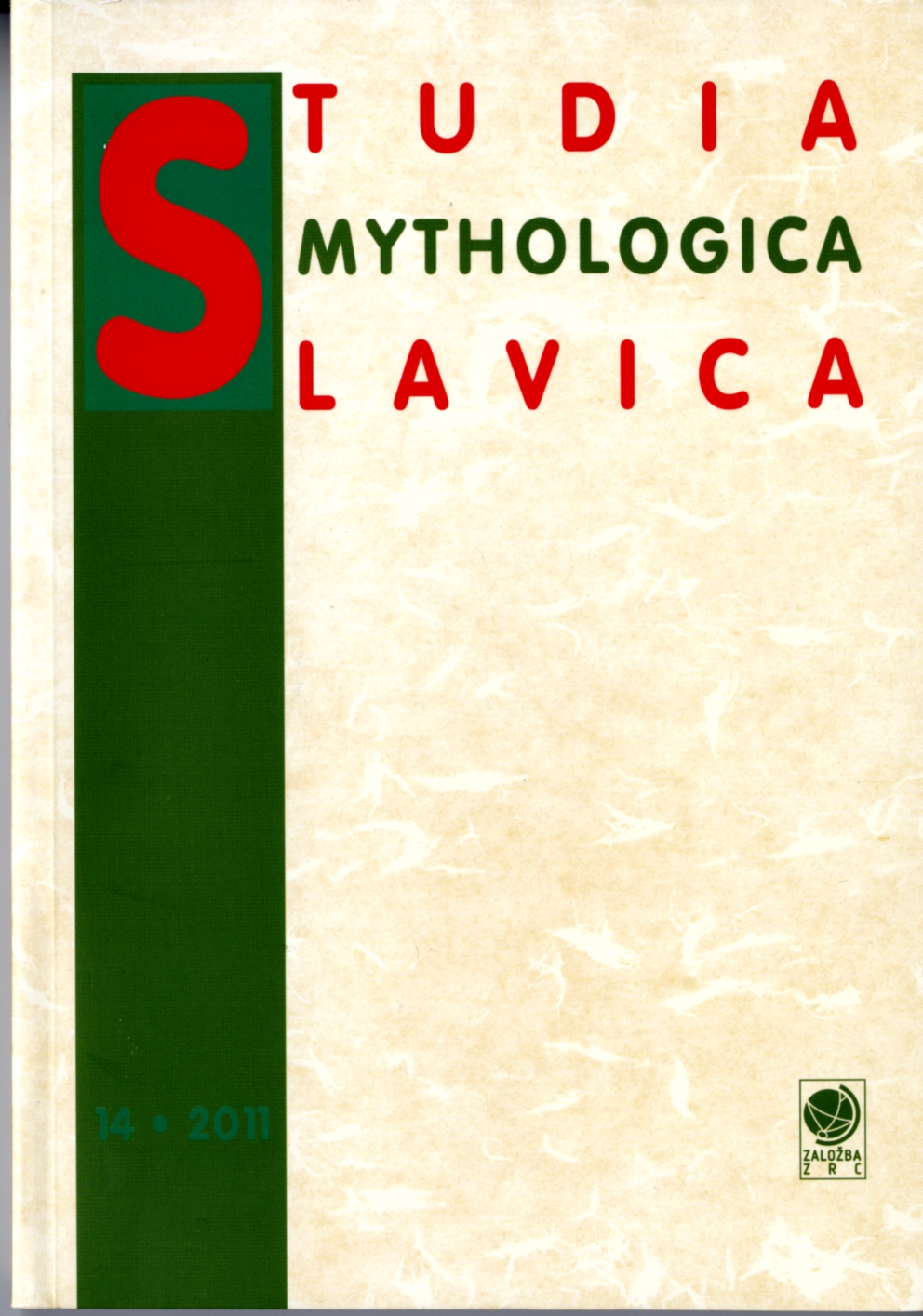Arapot vo makedonskata narodna kniževnost i negovi paraleli na Mediteranot<br>The Black Arab in Macedonian Folk Literature and Parallels in the Mediterranean Folklore</br>
DOI:
https://doi.org/10.3986/sms.v14i0.1609Abstract
The continuity/duration of the figure of the Arab (in Macedonian folk literature) is not maintained in the same manner and to the same extent in all areas. This implies the problem of substrata and the super-strata. If we approach the Arab only by listing the facts without taking into account the historical background (from the Arab-Byzantine conflict to the present day), then we may arrive at a paradoxical, ahistorical idea of continuity. Moreover, the continuity of a certain phenomenon (the formulaic character of the Arab, for example) is actually made possible by profound social changes. As the Arab-Byzantine conflict receded into the past, the formulaic character of the Arab assumed three basic characteristics (three-headed/black/sorcerer), most frequently as a bearer of the basic attributes of an enemy (in the epic) or a helper (in folktales). By sustaining the rules and requirements of genre, the Arab performs his function. This character is associated with the basic motif of abduction of a young woman. With the arrival of the Turks, he returns to the stage as a real historical opponent of the domestic, national hero. The emergence of his substitutes (the Turk, Arnaut or Gypsy) has the primary purpose of preserving his attributes and this indicates the subtlety of the issue of continuity.Downloads
Download data is not yet available.
Downloads
Published
2011-10-17
How to Cite
Stojanović, L. (2011). Arapot vo makedonskata narodna kniževnost i negovi paraleli na Mediteranot<br>The Black Arab in Macedonian Folk Literature and Parallels in the Mediterranean Folklore</br>. Studia Mythologica Slavica, 14, 195–211. https://doi.org/10.3986/sms.v14i0.1609
Issue
Section
RAZISKOVALNE METODE IN INTERPRETACIJE LJUDSKEGA IZROČILA / RESEARCH METHODS AND INTERPRETATIONS OF FOLK TRADITIONS
License
Authors guarantee that the work is their own original creation and does not infringe any statutory or common-law copyright or any proprietary right of any third party. In case of claims by third parties, authors commit their self to defend the interests of the publisher, and shall cover any potential costs.
More in: Submission chapter





